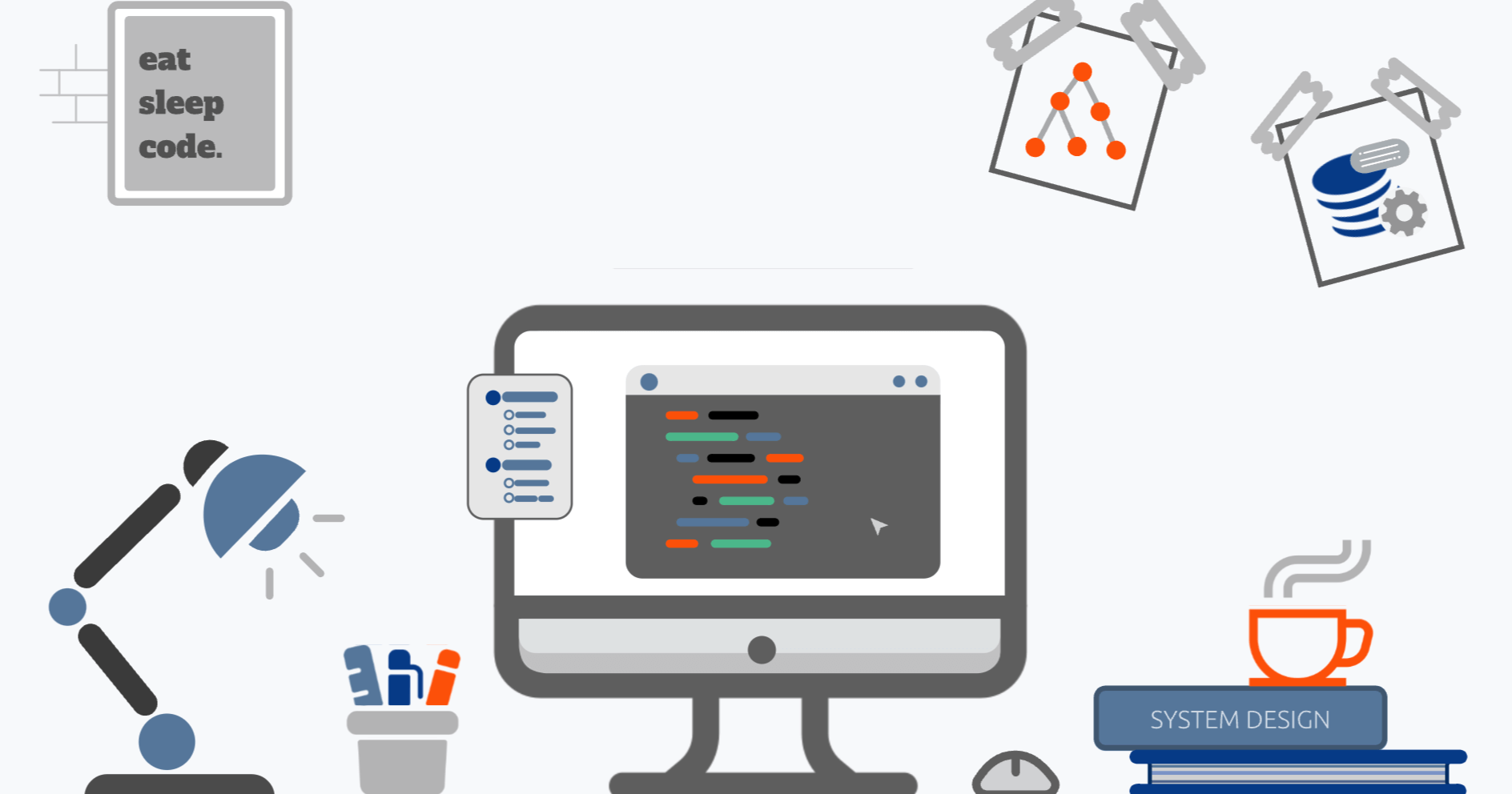Catch Multiple Exceptions in One Line Python
Learn how to efficiently handle multiple exception types in a single Python except block for cleaner, more readable code.
Learn how to efficiently handle multiple exception types in a single Python except block for cleaner, more readable code.
In Python, you can efficiently handle multiple exception types within a single except block. This technique simplifies your code and improves its readability, especially when dealing with related errors. To achieve this, you enclose the exception types you want to catch within a tuple, following the except keyword.
To catch multiple exceptions in a single except block in Python, you can use a tuple to enclose the exception types you want to handle.
For example:
try:
# Code that might raise exceptions
result = 10 / 0
except (ZeroDivisionError, TypeError) as e:
# Code to handle the exceptions
print(f"An error occurred: {e}")In this example, the try block attempts to divide 10 by 0, which will raise a ZeroDivisionError. The except block specifies a tuple (ZeroDivisionError, TypeError) indicating that it can handle both ZeroDivisionError and TypeError exceptions. If either of these exceptions occurs, the code within the except block will be executed. The as e part is optional and allows you to access the exception object and retrieve more information about the error.
This Python code defines a function called "divide" that takes two numbers as input and attempts to divide them, handling potential ZeroDivisionError and TypeError exceptions. If successful, it returns the result of the division; otherwise, it returns an error message indicating the specific issue encountered. The code then provides example usage demonstrating the function's behavior with different inputs, including cases that trigger the handled exceptions.
def divide(x, y):
"""Divides two numbers but handles ZeroDivisionError and TypeError.
Args:
x: The numerator.
y: The denominator.
Returns:
The result of the division, or an error message if an exception occurs.
"""
try:
result = x / y
return result
except (ZeroDivisionError, TypeError) as e:
return f"An error occurred: {e}"
# Example usage
print(divide(10, 2)) # Output: 5.0
print(divide(10, 0)) # Output: An error occurred: division by zero
print(divide(10, "a")) # Output: An error occurred: unsupported operand type(s) for /: 'int' and 'str'Explanation:
divide(x, y) function: This function takes two arguments, x and y, representing the numbers to be divided.try...except block:
try block attempts to perform the division x / y.except (ZeroDivisionError, TypeError) as e: block will be executed if either a ZeroDivisionError or a TypeError occurs within the try block.as e part assigns the exception object to the variable e, allowing you to access its properties and methods.except block, we construct an error message using an f-string that includes the specific exception message obtained from e. This message is then returned by the function.Example Usage:
divide(10, 2): This call executes successfully and returns 5.0.divide(10, 0): This call raises a ZeroDivisionError because you cannot divide by zero. The except block catches this exception, and the function returns an error message indicating the issue.divide(10, "a"): This call raises a TypeError because you cannot divide an integer by a string. The except block also handles this exception, and the function returns an appropriate error message.This example demonstrates how to gracefully handle multiple exception types within a single except block, providing informative error messages to the user.
Exception will handle all its subclasses. Be mindful of this when ordering exceptions in the tuple; more specific exceptions should come before general ones.except Blocks: Avoid using empty except blocks. They silently suppress errors, making debugging difficult. If you choose to suppress an exception, include a comment explaining the rationale.try block. This feature offers more structured exception management in specific scenarios.| Feature | Description |
|---|---|
| Catching Multiple Exceptions | Use a tuple (ExceptionType1, ExceptionType2, ...) after the except keyword. |
| Example |
except (ZeroDivisionError, TypeError) as e: catches both ZeroDivisionError and TypeError. |
| Accessing Exception Details | Use as e to assign the exception object to a variable (e in this case) and access its properties. |
By using a tuple of exception types within an except block, Python allows for streamlined handling of multiple potential errors in a code segment. This approach enhances code readability and efficiency, especially when dealing with related exceptions. However, it's crucial to prioritize best practices: write code that minimizes exception occurrences, use specific exception handling when logic differs, avoid empty except blocks, and leverage logging for debugging in production. While the tuple method is powerful, Python's evolving features like Exception Groups and the importance of readability and best practices should all be considered for robust and maintainable error handling.
 How to Catch Multiple Exceptions in Python – Real Python | In this how-to tutorial, you'll learn different ways of catching multiple Python exceptions. You'll review the standard way of using a tuple in the except clause, but also expand your knowledge by exploring some other techniques, such as suppressing exceptions and using exception groups.
How to Catch Multiple Exceptions in Python – Real Python | In this how-to tutorial, you'll learn different ways of catching multiple Python exceptions. You'll review the standard way of using a tuple in the except clause, but also expand your knowledge by exploring some other techniques, such as suppressing exceptions and using exception groups. How to Catch Multiple Exceptions in Python | Rollbar | Python try-except blocks can be used to catch/respond to processes that raises more than one possible exception, with a single except clause.
How to Catch Multiple Exceptions in Python | Rollbar | Python try-except blocks can be used to catch/respond to processes that raises more than one possible exception, with a single except clause. How to catch multiple exceptions in one line (except block)? | Better ... | Better Stack lets you see inside any stack, debug any issue, and resolve any incident.
How to catch multiple exceptions in one line (except block)? | Better ... | Better Stack lets you see inside any stack, debug any issue, and resolve any incident. How to Catch Multiple Exceptions in One Line in Python ... | A Computer Science portal for geeks. It contains well written, well thought and well explained computer science and programming articles, quizzes and practice/competitive programming/company interview Questions.
How to Catch Multiple Exceptions in One Line in Python ... | A Computer Science portal for geeks. It contains well written, well thought and well explained computer science and programming articles, quizzes and practice/competitive programming/company interview Questions. How can I catch multiple exceptions in one line (except block) in ... | I’m trying to catch multiple exceptions in one line using the except block in Python. I’ve tried using commas to separate the exceptions, but I’m getting a syntax error. Can someone please show me how to catch multiple exceptions in one line? Here’s the code I’ve tried so far: try: print(int('5.5')) except ValueError, TypeError: print(error) This code is giving me a syntax error on the except line. Can someone please show me how to correctly catch multiple exceptions in one line using...
How can I catch multiple exceptions in one line (except block) in ... | I’m trying to catch multiple exceptions in one line using the except block in Python. I’ve tried using commas to separate the exceptions, but I’m getting a syntax error. Can someone please show me how to catch multiple exceptions in one line? Here’s the code I’ve tried so far: try: print(int('5.5')) except ValueError, TypeError: print(error) This code is giving me a syntax error on the except line. Can someone please show me how to correctly catch multiple exceptions in one line using... How to catch multiple exceptions in one line? (in the "except" block) | How to catch multiple exceptions in one line? (in the "except" block)
How to catch multiple exceptions in one line? (in the "except" block) | How to catch multiple exceptions in one line? (in the "except" block) 8. Errors and Exceptions — Python 3.12.7 documentation | Until now error messages haven’t been more than mentioned, but if you have tried out the examples you have probably seen some. There are (at least) two distinguishable kinds of errors: syntax error...
8. Errors and Exceptions — Python 3.12.7 documentation | Until now error messages haven’t been more than mentioned, but if you have tried out the examples you have probably seen some. There are (at least) two distinguishable kinds of errors: syntax error...